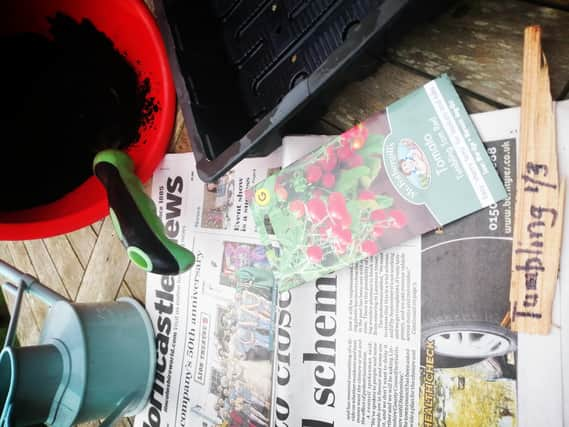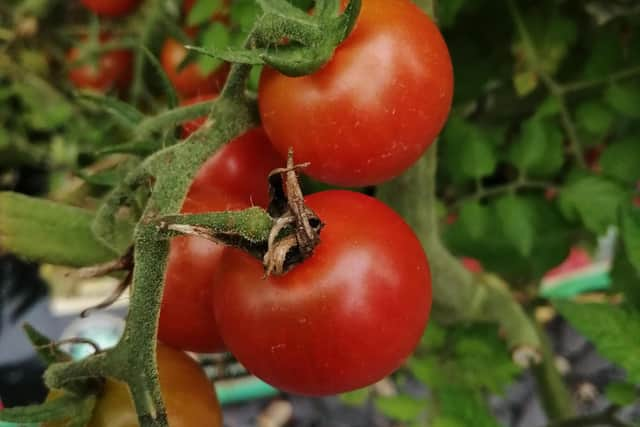Horncastle in Bloom's tips on growing your own tomatoes


In this climate of soaring prices, unpredictable supply, veg rationing and sustainability awareness, there has never been a better time to join the #growyourown movement.
Never grown anything before? Think that it is too expensive, time consuming, and bound to end in tears? Well, don’t worry, you are in the right place.
Advertisement
Advertisement
This column will take you through a few easy steps every month to help take you on your own grow-your-own journey.


It sounds obvious but the first step is to decide what you want to grow. What do you enjoy eating the most? Pick a few items that you tend to rely on a lot in the summer. Try not to be overly ambitious. There is nothing that nurtures a love of gardening more than one or two successes.
Remember that this is a journey and it should be FUN. So think about your priorities (easy, low cost, won’t die if I forget to water them for a few days) and consider your restraints (time, energy, patience, in my case).
So, let’s get going. Tomatoes are a firm favourite and are perfect for the beginner grower. March is a great time to get those seeds planted in pots and onto a warm windowsill. You can buy pots or seed trays of course, but you can also reuse supermarket veg trays or even the inside of toilet paper rolls (particularly great for seeds that don’t like their roots being disturbed, like beans for example).
Advertisement
Advertisement
If using recycled trays, don’t forget to put a few drainage holes in the bottom and sit them on a waterproof under-tray or some old newspaper (last week’s Horncastle News works very well!)
Again, you can buy tomato seed that suits your priorities (this year I have sown ‘Tumbling Tom Red’, which is a great little cherry tomato that will grow happily later in tubs and hanging baskets.)
Just follow the instructions on the packet and ask which compost is the best for sowing seeds into if you
are not sure.
Sow your seeds thinly and cover with about half a centimetre of compost. Water and leave on a warm kitchen windowsill. You might want to cover with a plastic bag or recycled plastic container just to encourage growth. Don’t forget to label them, lolly sticks or even a thin piece of wood and a marker pen works great.
Seedlings should start to appear in about seven to 14 days.
Advertisement
Advertisement
Some seeds can be expensive and you don’t always get that many in a packet. So, if you have a tomato in the fridge, use that!
Cherry tomatoes can be sliced in half, put into pots – the general rule is three quarters compost below and a quarter on top, As the weather is turning colder, I would put them into smaller pots you can keep inside and then transplant later.
March is also a perfect time to get started on ‘chitting’ (encouraging the seed to sprout before planting) potatoes. Potatoes are a fantastic choice as they are simple to grow and incredibly versatile.
Choose a variety that suits what you like to cook.
First early seed potatoes for example are an excellent as they are perfect for potato salad, boiling, baking, chipping and roasting. So, it’s as simple as this: get your potatoes and stick them in an egg box with the lid cut off and put them again, somewhere warm and dry! That’s it!
We will come back to them next month when we also look at growing salad leaves, spring onions and sweet peppers and transplanting those tomato seedlings!
See you next month!